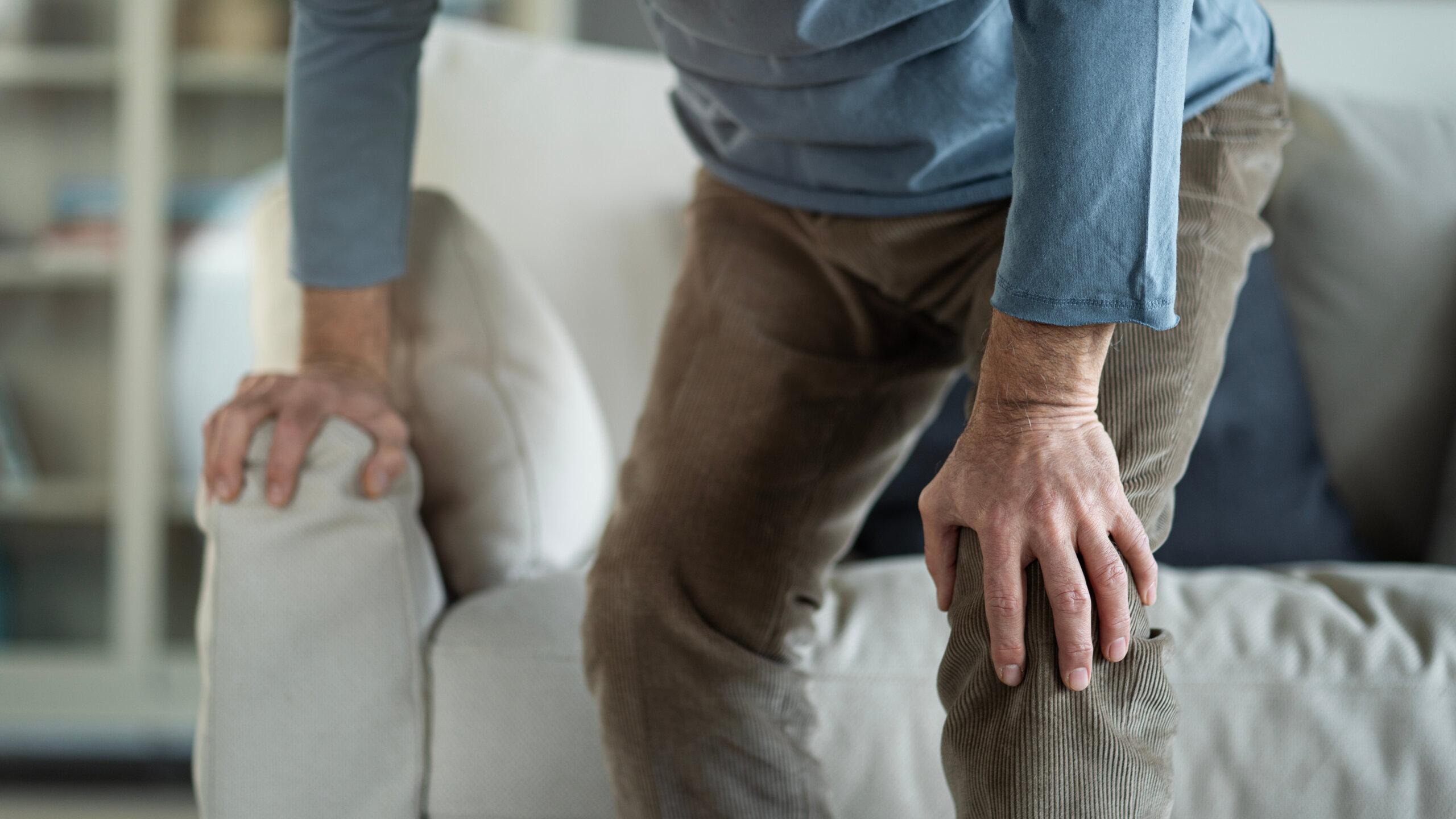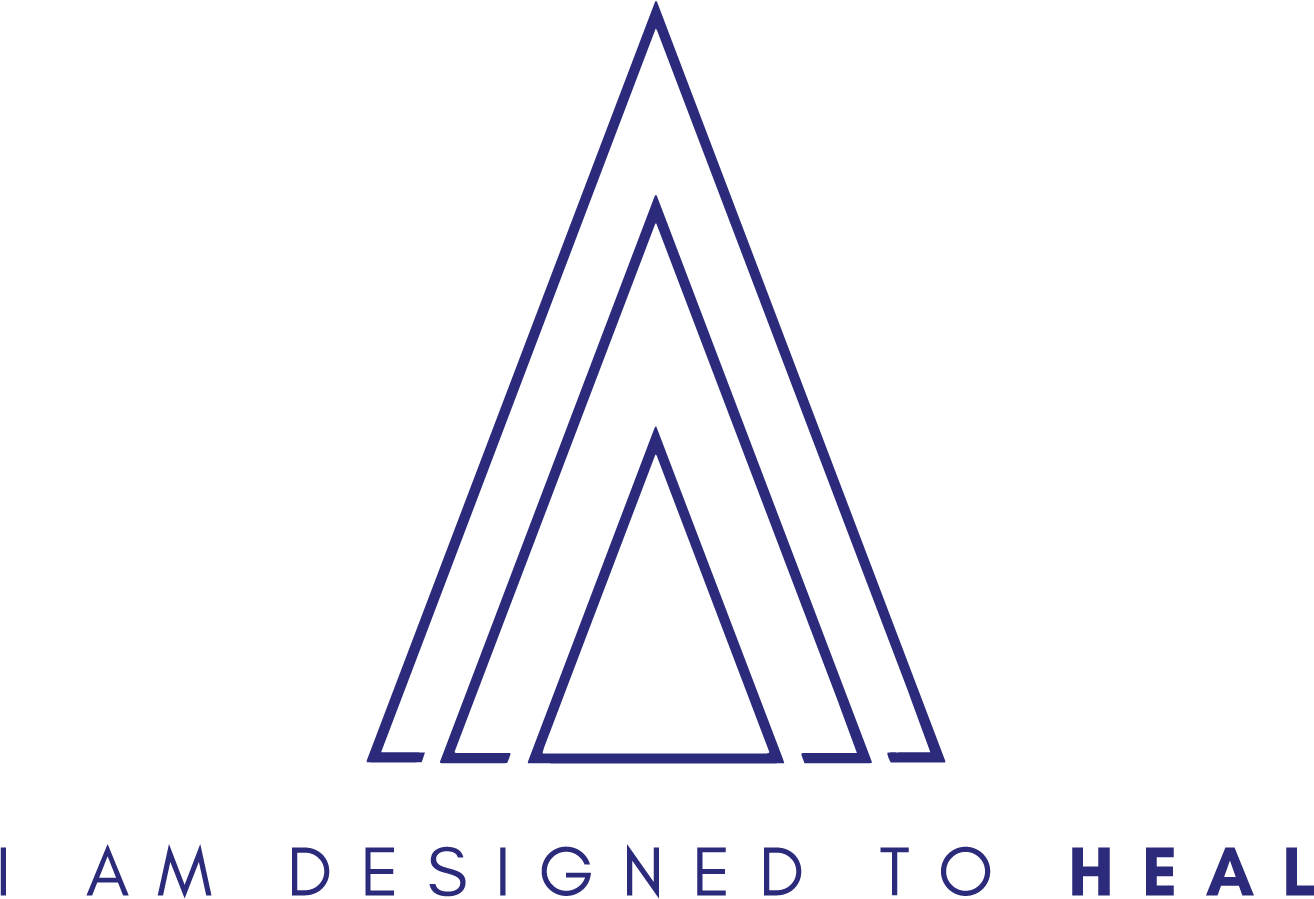
18 Sep Groin Pain and Acupuncture: A Holistic Approach to Relief
Groin pain can be a real game-changer, affecting everything from your daily activities to your overall quality of life. Whether it stems from sports injuries, musculoskeletal issues, nerve entrapments, or conditions like osteitis pubis or hernias, managing this type of pain effectively is crucial. While conventional treatments like rest, physical therapy, and medications are important, acupuncture offers a complementary, holistic approach that can significantly enhance your relief. In this blog post, we’ll dive into how acupuncture can help alleviate groin pain, the mechanisms behind its benefits, recent research supporting its use, and how often you should receive treatment for the best results.
Understanding Groin Pain: Causes and Conventional Treatments
Groin pain can arise from a variety of factors, including:
- Muscle Strains: Overuse or sudden movements can strain the muscles in the groin.
- Tendinitis: Inflammation of the tendons in the area.
- Bursitis: Inflammation of the small fluid-filled sacs that cushion the bones.
- Hip Joint Problems: Issues with the hip joint can refer pain to the groin.
- Nerve Impingements: Nerves in the groin area can become compressed or irritated.
Athletes are particularly vulnerable due to the intense physical activity involved in sports that require rapid changes in direction or heavy lower body movement. Conventional treatments often include rest, physical therapy, anti-inflammatory medications, and, in some cases, surgery. However, these methods might not always fully address chronic or complex cases. That’s where acupuncture steps in as a valuable complementary therapy.
Acupuncture: A Holistic Approach to Groin Pain Relief
Acupuncture involves inserting thin, sterile needles into specific points on the body, known as acupoints. These points align with energy pathways called meridians, which Traditional Chinese Medicine (TCM) believes influence various bodily functions. According to TCM, pain and illness result from disruptions in the flow of qi (vital energy), and acupuncture helps restore balance and promote healing.
Here’s how acupuncture can specifically aid in relieving groin pain:
- Pain Modulation
Acupuncture helps manage pain by modulating how the body perceives it. The process stimulates the release of endorphins, the body’s natural painkillers, and affects the central nervous system to reduce pain sensation. A study in the Journal of Pain Research found that acupuncture effectively alters pain thresholds and is particularly useful for managing chronic pain conditions, including those in the groin area.
- Improved Blood Circulation
Enhancing blood flow is another key benefit of acupuncture. Increased circulation in the targeted area can help reduce inflammation and speed up tissue repair. This is especially beneficial for groin pain caused by muscle strains or tendinitis, as better blood flow facilitates quicker healing.
- Reduction of Inflammation
Chronic groin pain is often linked to inflammation in muscles, tendons, or joints. Acupuncture has been shown to lower levels of pro-inflammatory markers in the body, helping alleviate pain and promote recovery. Research published in the Journal of Acupuncture and Meridian Studies supports the effectiveness of acupuncture in reducing inflammation in musculoskeletal conditions, which can be applied to groin pain.
- Nerve Stimulation and Repair
For groin pain caused by nerve issues, such as entrapments or neuropathies, acupuncture can stimulate nerve function and aid in repair. Targeting specific acupoints associated with nerve pathways can reduce nerve-related pain and improve mobility.
- Holistic Healing
Unlike conventional treatments that often focus solely on physical symptoms, acupuncture offers a holistic approach. It considers the emotional and psychological factors that can contribute to or worsen pain. Stress and anxiety, common in chronic pain sufferers, can be alleviated through acupuncture, leading to a more comprehensive healing process.
How Often Should You Receive Acupuncture for Groin Pain?
The frequency of acupuncture treatments can greatly impact the results you achieve. Here’s a general guide on how often you should receive acupuncture for optimal results:
- Initial Phase: Intensive Treatment (2-3 Sessions per Week)
- Purpose: This phase aims to address acute symptoms quickly and build momentum in treatment.
- Duration: Typically lasts 4-6 weeks.
- Benefits: Frequent sessions help reduce pain and inflammation swiftly, enhance blood flow, and stabilize neurotransmitter levels. This is particularly helpful for managing severe or persistent groin pain.
- Maintenance Phase: Weekly to Bi-Weekly Sessions
- Purpose: After the initial phase, transitioning to weekly or bi-weekly sessions helps maintain the improvements and continue progress.
- Duration: Can last several months, depending on individual needs and response.
- Benefits: Regular treatments reinforce positive changes, support ongoing healing, and help prevent the recurrence of pain. This phase also aids in managing chronic conditions and supporting overall well-being.
- Long-Term Maintenance: Monthly Sessions
- Purpose: To sustain the benefits achieved and provide long-term support.
- Duration: Ongoing, with monthly visits as needed.
- Benefits: Monthly sessions help prevent relapse, maintain brain function, and support emotional balance. They are particularly useful for individuals who wish to continue benefiting from acupuncture’s holistic approach.
- Adjustments Based on Individual Needs
- Personalized Approach: Frequency may need adjustment based on factors such as pain severity, overall health, and response to treatment. Regular assessments by a licensed acupuncturist will help tailor the treatment schedule to your specific needs.
Recent Research Supporting Acupuncture for Groin Pain
Recent studies highlight acupuncture’s potential in managing groin pain:
- A 2022 review published in the Journal of Integrative Medicine evaluated acupuncture’s effectiveness for various musculoskeletal pains, including groin pain. The review concluded that acupuncture significantly reduced pain intensity and improved functional outcomes, validating its role as a valuable addition to conventional treatments.
- Another study featured in BMJ Open Sport & Exercise Medicine explored acupuncture’s benefits for athletes with chronic groin pain. The results showed that combining acupuncture with standard physiotherapy led to greater pain reduction and faster recovery compared to physiotherapy alone. This suggests acupuncture’s potential to enhance both recovery and performance in sports-related injuries.
Practical Considerations for Acupuncture
If you’re considering acupuncture for groin pain, here are some practical tips for when you arrive to your first appointment with Dr. Alik:
- Initial Assessment: A thorough assessment will help identify the underlying cause and the most effective acupoints for your treatment.
- Discuss Your Health History: Inform Dr. Alik about any underlying health conditions or medications you’re taking to ensure safe and effective treatment. Don’t forget to mention any other areas of pain, stiffness, or discomfort. Often, areas of pain are linked and should be treated together to ensure the best possible outcome.
- Commit to Regular Sessions: Optimal results often require a series of treatments. Your acupuncturist will recommend a schedule based on your specific condition and response to therapy.
Conclusion
Acupuncture offers a promising complementary approach for managing groin pain, addressing both physical and psychological aspects of the condition. By modulating pain perception, improving circulation, reducing inflammation, and promoting nerve function, acupuncture can provide significant relief and enhance overall well-being. As research continues to explore its benefits, acupuncture is increasingly recognized as an effective, holistic solution for those seeking comprehensive pain management.
If you’re struggling with groin pain and looking for a complementary therapy to traditional treatments, consider giving acupuncture a try. With its holistic approach and growing body of evidence, it might just be the key to finding the relief and recovery you’ve been seeking.
References
- Journal of Pain Research. Retrieved from Journal of Pain Research
- Journal of Acupuncture and Meridian Studies. Retrieved from Journal of Acupuncture and Meridian Studies
- Journal of Integrative Medicine. Retrieved from Journal of Integrative Medicine
- BMJ Open Sport & Exercise Medicine. Retrieved from BMJ Open Sport & Exercise Medicine


